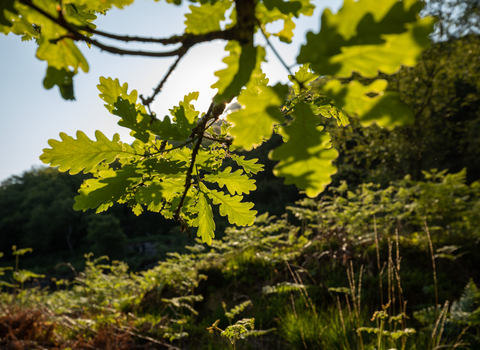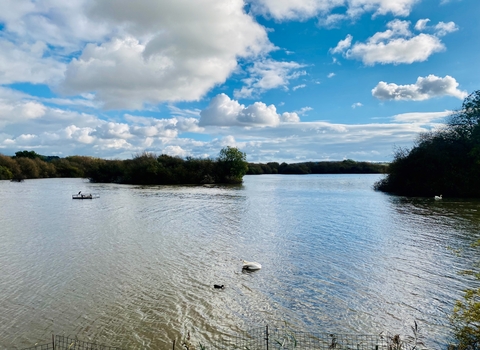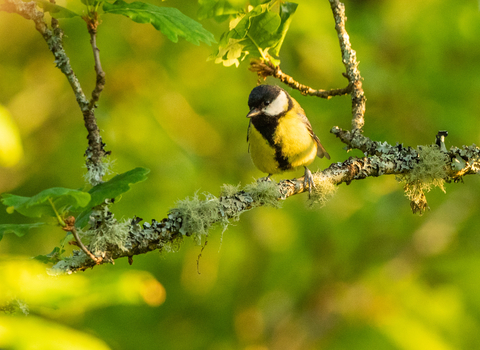A Local Development Plan (LDP) is a strategic document written by the Local Planning Authority, setting out how much development should take place in the area, what kinds of development are needed, and where new development should be built.
It is important that local people have their say, as the LDP will dictate what development takes place in your area for the following 15 years.
A Local Development Plan must pass three ‘Tests of Soundness’ in order to be approved by the Planning Inspectorate and adopted by a local planning authority. These are:
- Does the Plan fit? The LDP should be consistent with other plans and policies. This includes national policy such as Welsh national planning policy and the National Nature Recovery Action Plan, and local or regional plans such as the local Wellbeing Plan, any Local Nature Recovery plans and any local Green Infrastructure Strategies.
- Is the Plan appropriate? The plan should be suitable for the area it covers – it should address local issues, and be reasonable, clear and balanced.
- Will the Plan deliver? The proposals in the plan should be delivered within the timeframe of the plan. The plan should be monitored to ensure this.
Any response to an LDP, at any stage, should make reference to one or more of the Tests of Soundness. Most objections on specific wildlife issues are likely to be contrary to Test 1, where LDP policies or allocations could be inconsistent with laws, national plans or policies that aim to protect wildlife. In these cases, it is important to quote and reference the specific policy that the LDP contradicts. When objecting to an LDP proposal or policy, you can also make suggestions for improvements, such as alternative wording.
In responding to an LDP, it is also especially important to comment in support of positive policies. This is because there may be other people objecting to them. Comments in support of proposals that protect and enhance nature help the Local Planning Authority to keep them in the final document.
What to look for, or ask for:
- A strong vision that promotes nature recovery.
- An overall strategy that protects and increases spaces for nature and allows wildlife to move around freely.
- Development that delivers Net Benefit for Biodiversity
- Policies that protect and promote Ecosystem Resilience – the diversity, extent, condition, and connectivity of natural spaces.
- Policies that protect, manage and enhance species and habitats – both within and outside protected sites, especially protected species and Section 7 species
- Protected sites clearly shown on the proposals or constraints maps, and policies that protect them
- Policies that protect and improve ecological connectivity – this could include protecting wildlife pathways such as rivers, hedges and verges.
- Policies that protect wildlife from the harmful effects of construction and development, such as noise, light and pollution.
- Policies to improve air quality and water quality.
You may also wish to refer to Planning Policy Wales Section 6.4.3 which gives a list of biodiversity considerations.





